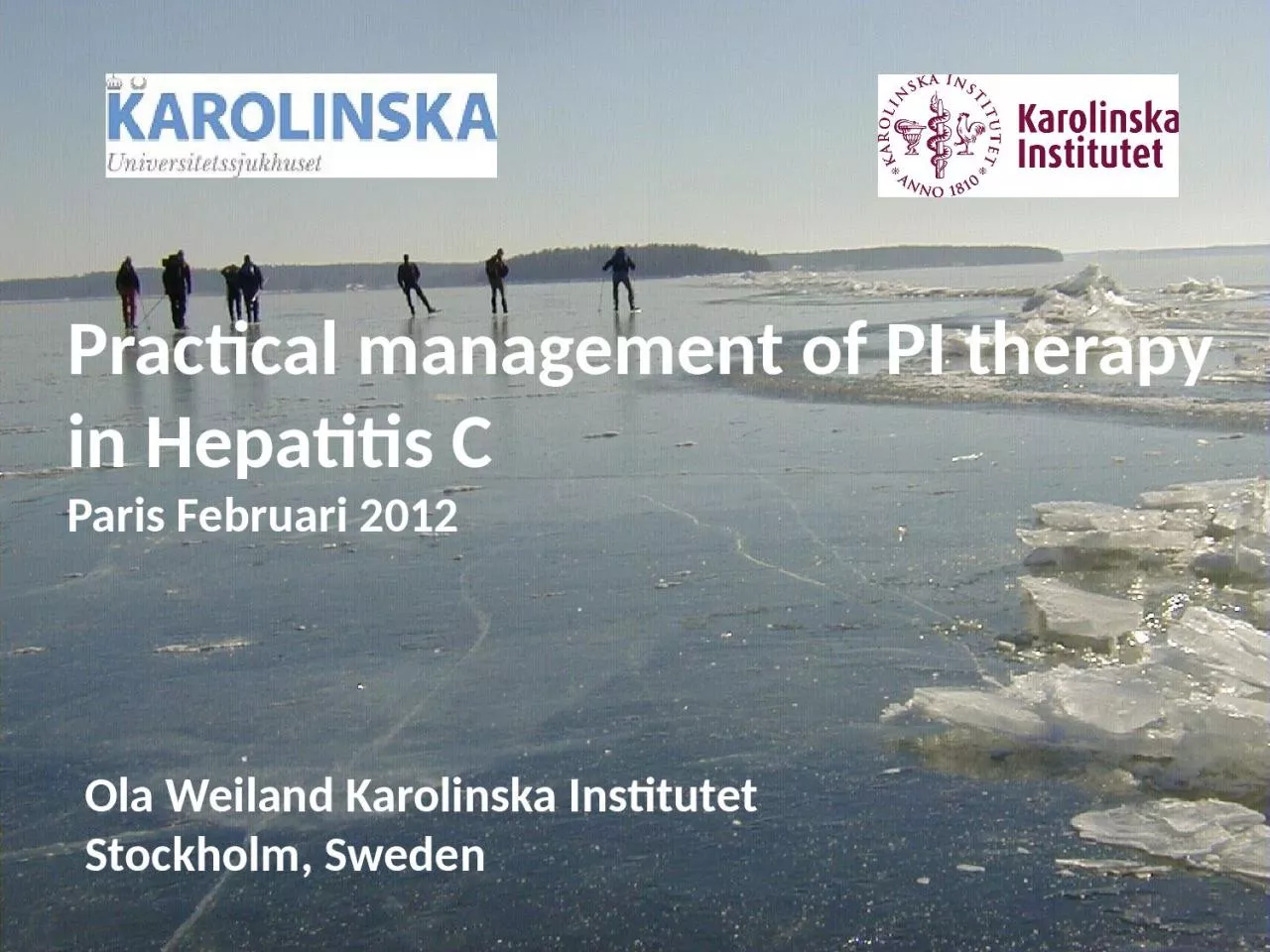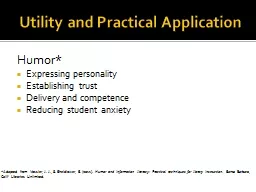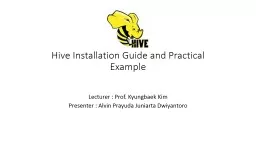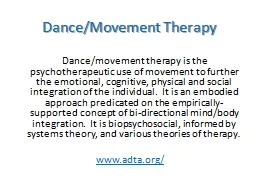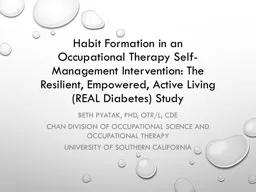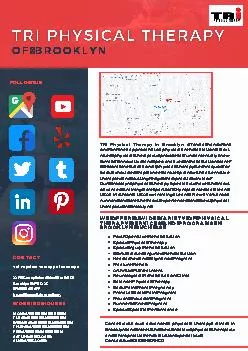PPT-Practical management of PI therapy
Author : TropicalParadise | Published Date : 2022-08-01
in Hepatitis C Paris Februari 2012 Ola Weiland Karolinska Institutet Stockholm Sweden New major adverse events with PIs Exanthema for TVR Prolonged anemia with
Presentation Embed Code
Download Presentation
Download Presentation The PPT/PDF document "Practical management of PI therapy" is the property of its rightful owner. Permission is granted to download and print the materials on this website for personal, non-commercial use only, and to display it on your personal computer provided you do not modify the materials and that you retain all copyright notices contained in the materials. By downloading content from our website, you accept the terms of this agreement.
Practical management of PI therapy: Transcript
Download Rules Of Document
"Practical management of PI therapy"The content belongs to its owner. You may download and print it for personal use, without modification, and keep all copyright notices. By downloading, you agree to these terms.
Related Documents

